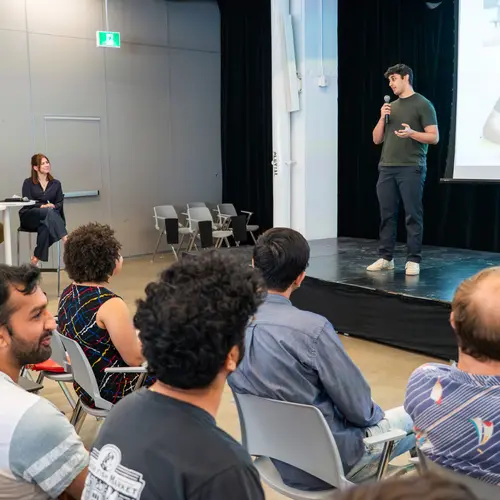
Biographie
Ian Arawjo est professeur adjoint au Département d'informatique et de recherche opérationnelle (DIRO) de l'Université de Montréal. Il détient un doctorat en sciences de l'information de l'Université Cornell, réalisé sous la supervision du professeur Tapan Parikh.
Sa thèse portait sur l'intersection de la programmation informatique et de la culture, explorant la programmation en tant que pratique sociale et culturelle. Il a acquis de l'expérience dans l'application d'une vaste gamme de méthodes liées aux interfaces homme-machine (IHM), allant du travail de terrain ethnographique à la recherche archivistique, en passant par le développement de systèmes novateurs (utilisés par des milliers de personnes) et la réalisation d'études de convivialité. Actuellement, il travaille sur des projets au carrefour de la programmation, de l'IA et de l'IHM, notamment sur la manière dont les nouvelles capacités de l'IA peuvent nous aider à réimaginer la pratique de la programmation.
Il travaille également sur l'évaluation de grands modèles de langage (LLM), à travers des projets en code source libre à forte visibilité tels que ChainForge. Les articles auxquels il a contribué comme premier auteur ont remporté des prix lors de grandes conférences portant sur l’IHM, notamment la Conference on Human Factors in Computing Systems (CHI), la Conference on Computer-Supported Cooperative Work and Social Computing (CSCW) et le Symposium on User Interface Software and Technology (UIST).


